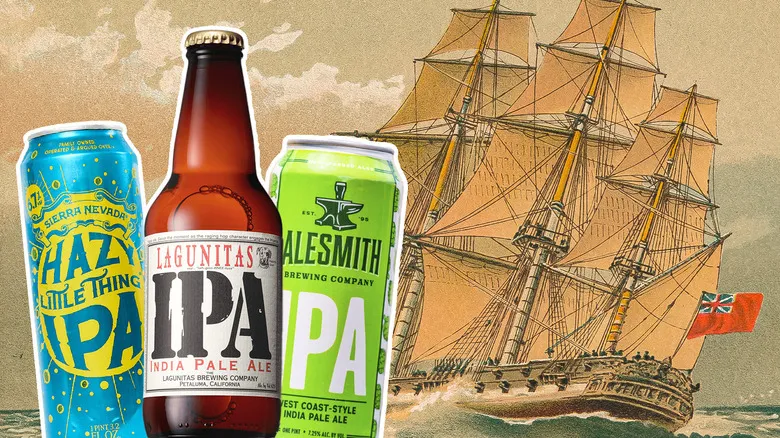The IPA legend

The invention of IPA is most commonly credited to a British brewer named George Hodgson. His brewery was situated just a few miles from the East India Company's headquarters, which, while officially a trading entity, effectively acted as the main engine of British colonization, utilizing a private army of hundreds of thousands to extract wealth from India. Hodgson secured an exclusive agreement to supply beer to the East India Company. Initially, he sent them the traditional porter, but after noticing the challenges it posed, he understood that a change was necessary.
Many narratives suggest that Hodgson meticulously developed IPA for this purpose, but it wasn't truly a novel creation. Instead, he simply enhanced his regular brew by adding extra hops for export to India. Much like the serendipitous discovery of beer itself, luck played a significant role in Hodgson's success. He likely didn't realize that the beer he shipped was still fermenting. During the voyage to India, it would continue to mature in its cask, effectively improving rather than spoiling, and arriving in even better condition than when it departed London. Once in India, Hodgson's beer gained immense popularity and was soon being promoted back in England as well. It's a compelling tale, but while Hodgson was certainly key in popularizing what would eventually be known as IPA, he was by no means the first to create it.
The real roots of IPA
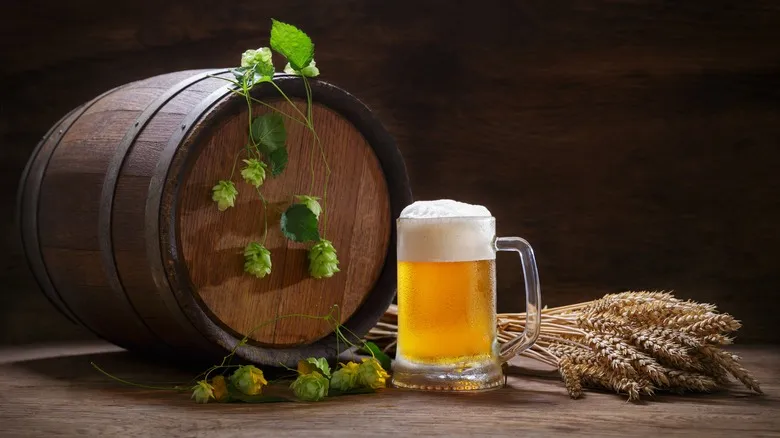
Pale ales actually emerged decades before George Hodgson entered the brewing industry. Their popularity was fueled by industrial advancements that made coal a practical fuel for roasting malt, resulting in a milder roasting process that produced lighter malt. By at least 1717, these beers were being sent to British troops in India, well over thirty years prior to Hodgson's brewery opening. They were among the first light beers, as opposed to dark ones. While they were not as heavily hopped as modern versions, they set the stage for future developments. Additionally, historians have questioned the notion that less hoppy beers were poorly suited for the hot Indian climate, suggesting that the benefits of added hops were likely minimal.
Moreover, the idea of incorporating extra hops into beer was not unique to Hodgson. This practice predates pale ales, possibly dating back to the 15th century with the emergence of a brew known as barleywine, or "October beer." Barleywine is aged for many years, sometimes exceeding a decade, resulting in a very high alcohol content. To achieve this, brewers must use a significant amount of sugary malt to nourish the yeast during fermentation. This creates an extremely sweet beer, which is balanced with additional hops. Hodgson was likely influenced by this technique rather than creating IPA entirely from scratch. However, his near-monopoly on British beer exports made his name synonymous with this bitter style.
Recommended
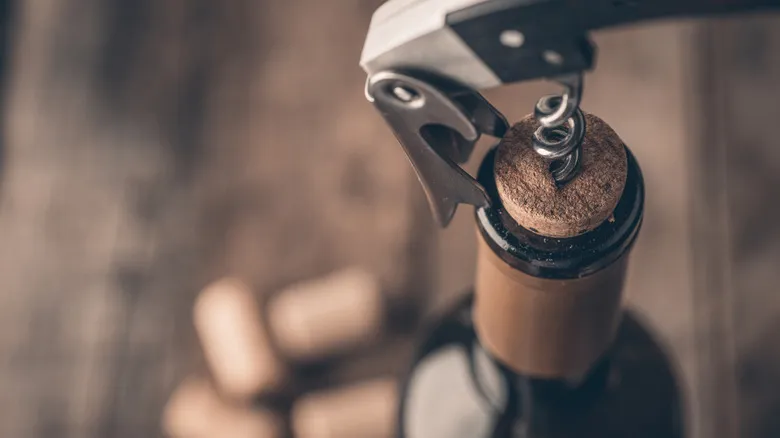
Cork Taint: Why It Happens And What It Does To Your Wine's Flavor

What Is Stout Beer And How Should You Drink It?
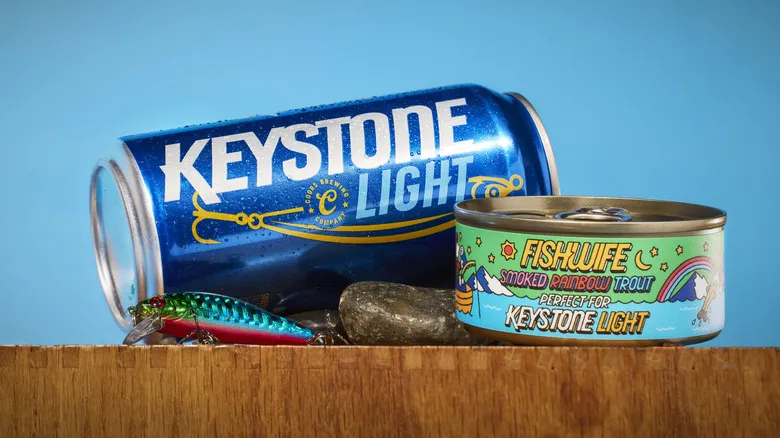
Fishwife Debuts Tinned Fish And Beer Pairing With Keystone Light
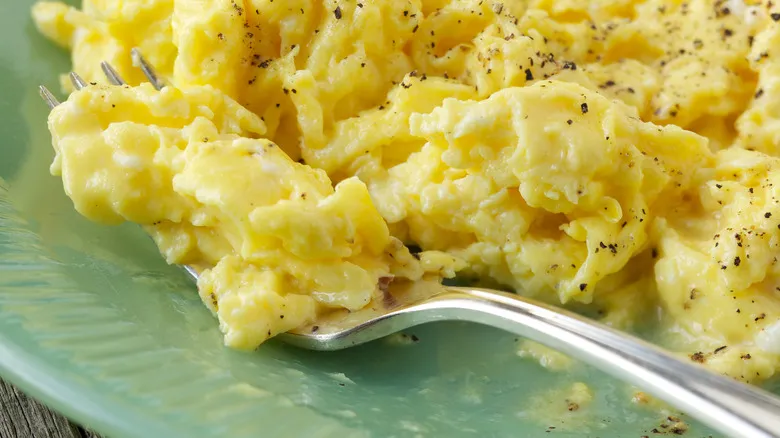
Use Sparkling Wine To Whip Up The Fluffiest Scrambled Eggs
Next up

